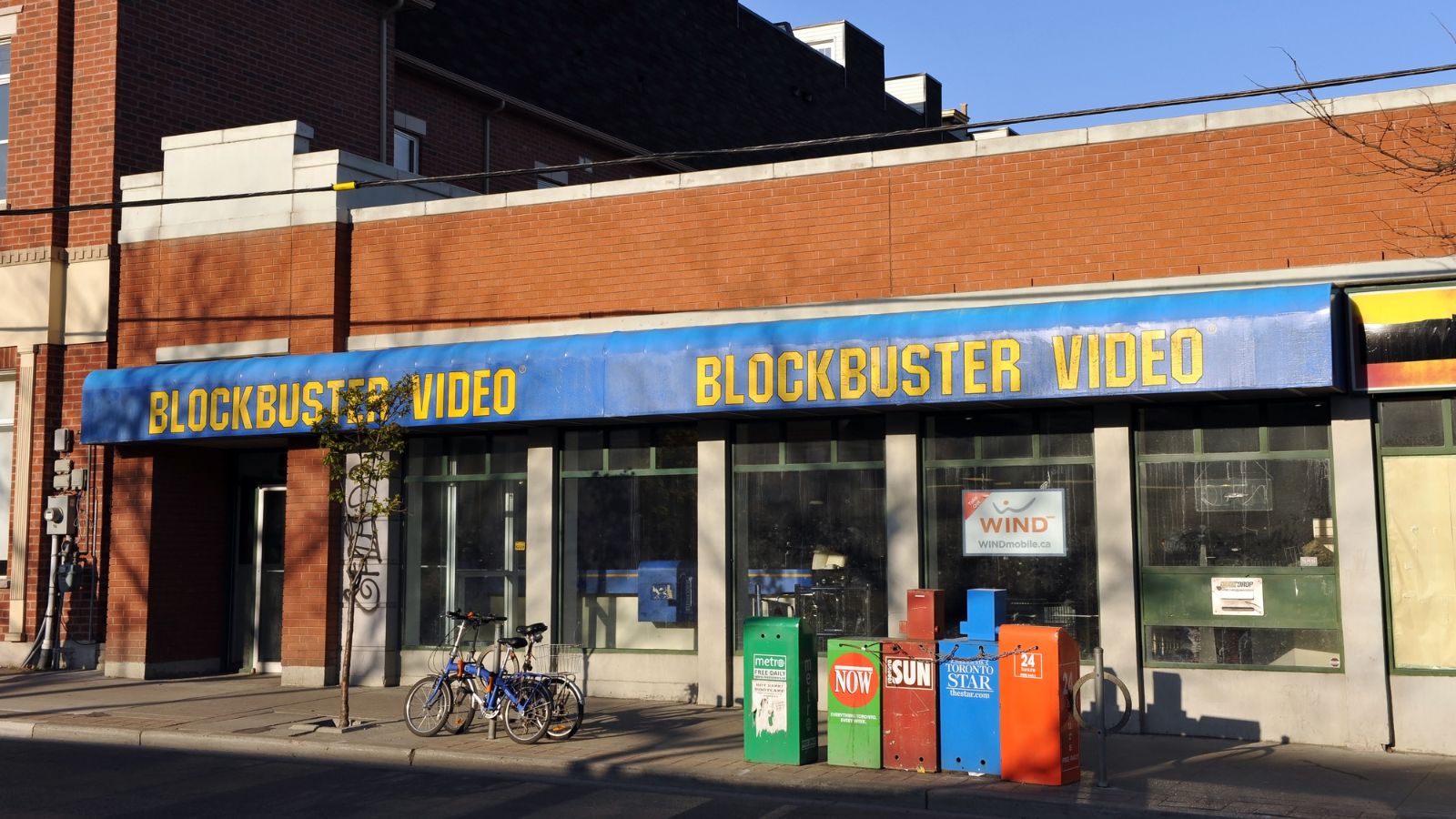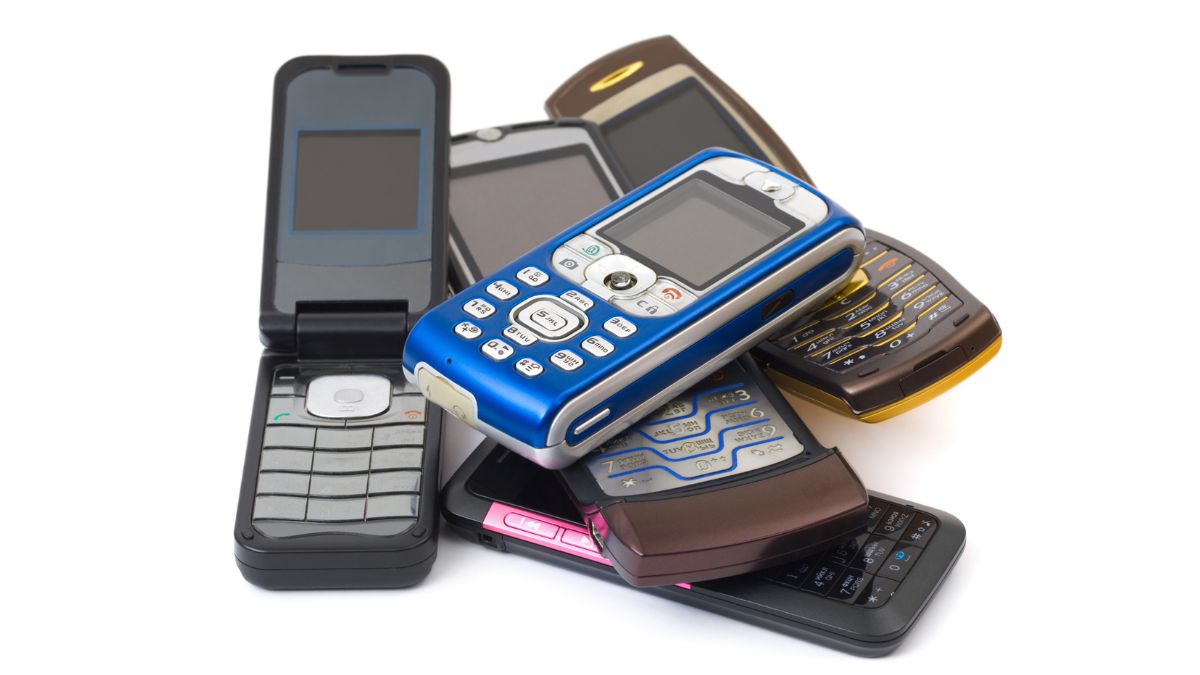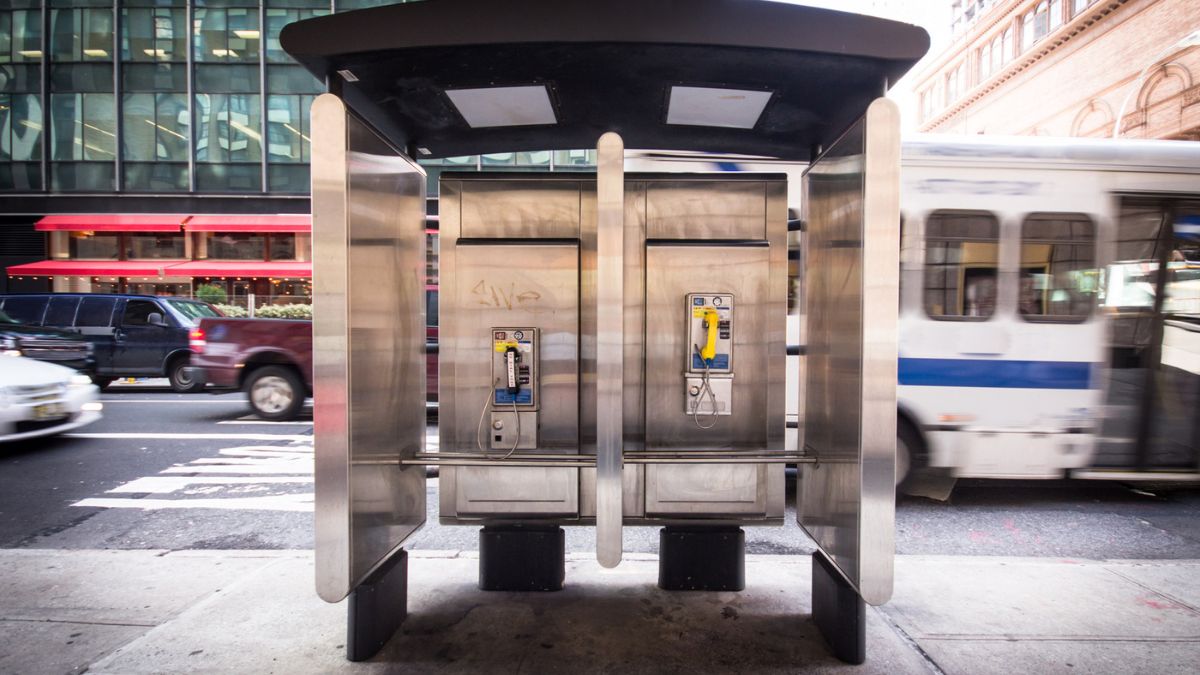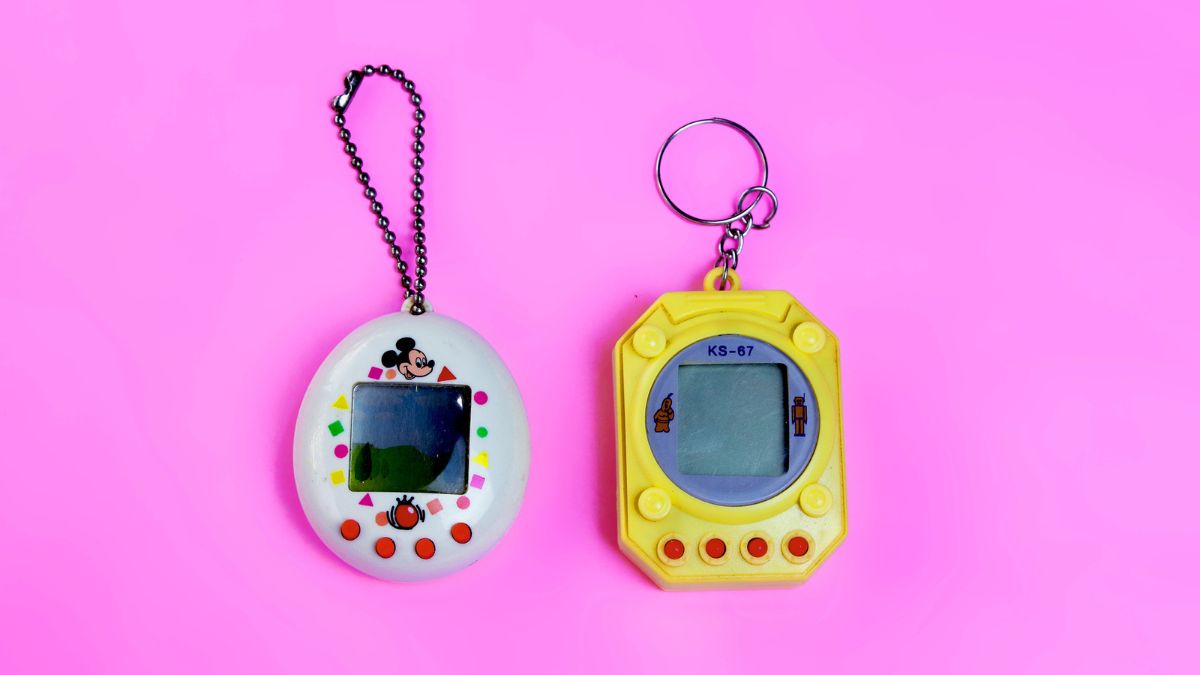15 Things Millennials Did As Kids But Are No Longer Normal

The world has transformed at an unprecedented pace, and with it, our everyday experiences and norms have undergone significant changes. As Millennials, those born between the early 1980s and the mid-1990s, look back on their childhood, they can’t help but notice the stark differences between then and now. Technological advancements, cultural shifts, and evolving societal trends have reshaped the landscape of our lives, rendering certain things that were once commonplace distant memories.
1. Landline Phones

Remember those days when landline phones were a staple in every household? Millennials can recall the familiar sound of dialing numbers, stretching the cord to its limits, and fighting over the phone line with siblings. Nowadays, landlines have become obsolete with the rise of smartphones and their countless capabilities. The convenience of carrying a portable device that serves as a phone, camera, computer, and more has replaced the need for a dedicated landline.
2. Waiting for Internet

Millennials grew up in an era where dial-up internet was the norm. Connecting to the internet meant waiting patiently as the computer emitted a series of screeching sounds. The excitement of hearing “You’ve Got Mail!” was often accompanied by the frustratingly slow loading of web pages. Today, high-speed broadband and Wi-Fi have revolutionized internet access, making instant connectivity an essential part of modern life.
3. Physical Maps

Before GPS and navigation apps became ubiquitous, Millennials relied on physical maps to find their way around unfamiliar places. Folded maps were a common sight in glove compartments during road trips, and the art of folding them back into their original shape was a skill worth mastering. Now, digital maps and GPS technology have made navigating cities and finding destinations a breeze, rendering the traditional paper map obsolete.
4. Blockbuster Video

Friday nights meant a trip to the local video rental store, where Millennials would spend hours browsing through rows of VHS tapes or DVDs to select the perfect movie for the weekend. The thrill of picking up a new release or searching for an old favorite was part of the movie-watching experience. Unfortunately, the rise of online streaming platforms like Netflix and Hulu led to the decline of brick-and-mortar video rental stores, and Blockbuster Video became a nostalgic memory.
5. Disposable Cameras

Capturing moments involved a fair amount of uncertainty during the millennial childhood. Disposable cameras were the go-to option for everyday photography, with limited exposures and the inability to preview shots. Each picture was carefully framed to make every shot count, and the anticipation of getting the film developed added an element of surprise. With the advent of digital cameras and smartphones, the need for disposable cameras faded away, replaced by instant photo-sharing and editing capabilities.
6. Printed Encyclopedias

Gone are the days when encyclopedias took up space on bookshelves and were the go-to resource for school projects. Millennials grew up flipping through pages, searching for information, and learning from printed encyclopedias. The vast wealth of knowledge is now easily accessible through online search engines, rendering physical encyclopedias obsolete. The convenience and speed of the internet have transformed the way information is accessed and shared.
7. Paying with Cash

The sight of Millennials counting their pennies at the cash register is becoming increasingly rare. While cash transactions were once the primary method of payment, the rise of digital payment options, credit cards, and mobile wallets has transformed the way we handle our finances. From contactless payments to online banking, the convenience and security offered by digital transactions have made cash transactions less prevalent in modern society.
8. Saturday Morning Cartoons

Saturday mornings were a magical time for Millennials, who eagerly turned on the television to catch their favorite cartoons. Shows like “Pokemon,” “Dragon Ball Z,” and “Scooby-Doo” were part of a cherished ritual that involved sugary cereal and staying in pajamas all morning. Nowadays, streaming services and on-demand programming have given children the ability to watch cartoons anytime, anywhere, eliminating the anticipation and excitement of Saturday morning cartoon marathons.
9. Floppy Disks

Millennials remember the days of saving documents and files on floppy disks, the iconic square-shaped storage devices with limited capacity. Inserting the disk into a computer and carefully transferring files was a common practice. Today, with the advancement of USB flash drives and cloud storage, the once-ubiquitous floppy disk has become a relic of the past.
10. CD Walkmans

Before smartphones and music streaming services, Millennials relied on CD Walkmans to enjoy their favorite tunes on the go. These portable devices allowed them to listen to CDs while commuting or engaging in physical activities. The introduction of MP3 players, followed by smartphones with music apps, revolutionized the way we consume music, rendering CD Walkmans obsolete.
11. Flip Phones

They featured physical keypads and required manually typing out texts, a stark contrast to the touchscreen interfaces of modern smartphones. The act of flipping open the phone to answer a call or send a text might seem unfamiliar in an age of all-in-one touch displays. Flip phones capture a time when mobile communication was more tactile and less integrated with various apps and functions.
12. Waiting for Printed Photos

It involved dropping off film rolls to be developed, then waiting to see the physical copies of their pictures. The anticipation and surprise of not knowing how photos turned out until they were developed contrasts with today’s instant digital photography. This process showcases a time when photography was less immediate and required patience before reliving captured moments.
13. Phone Booths

It was a designated public space solely for making phone calls, a concept foreign in the era of personal smartphones. The need to physically locate and use a public phone for communication seems antiquated compared to the constant connectivity provided by mobile devices. Phone booths represent a time when communication required more effort and planning, unlike the instant accessibility of today’s technology.
14. Tamagotchis

The concept of nurturing a pixelated creature and worrying about its well-being was unique in an era before more immersive and sophisticated virtual worlds became common. Tamagotchis capture a time when simple digital interactions held significant sentimental value and entertained without the elaborate graphics of today’s games.
15. TV Guide Magazine

The idea of relying on a printed guide to know when and where a TV show would air seems antiquated compared to the instant accessibility of streaming platforms. “TV Guide Magazine” reflects a time when planning television viewing required consultation with a physical resource, unlike the on-demand and personalized options available today.
50 Super Simple Side Hustle Ideas

50 Super Simple Side Hustle Ideas (& How to Make Them Work)
10 Frugal Lessons I Learned From Being Flat Out Broke

10 Frugal Lessons I Learned From Being Flat Out Broke
How To Make Money Without a Job

How To Make Money Without a Job
Creative Ways To Make Money

20 Easy Ways to Raise A Credit Score Fast







